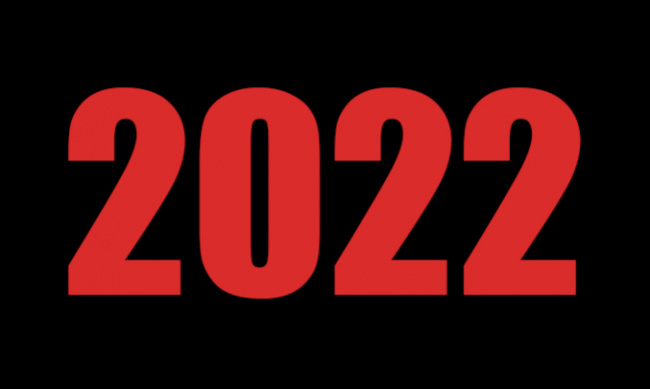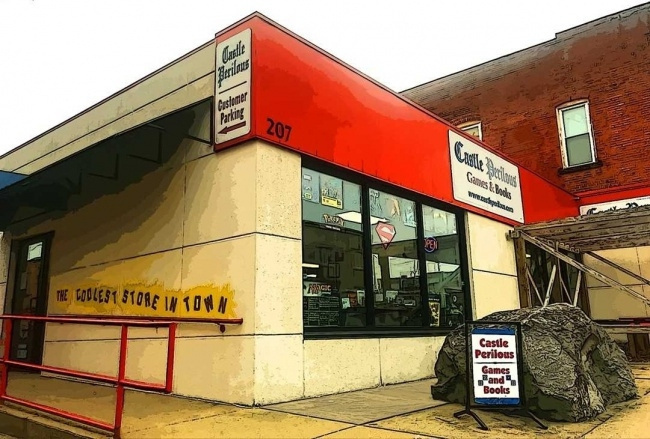Rolling for Initiative is a weekly column by Scott Thorne, PhD, owner of Castle Perilous Games & Books in Carbondale, Illinois and instructor in marketing at Southeast Missouri State University. This week, Thorne takes stock of the big events in the hobby games business in 2022.
As I am writing this on the last day of 2022, it is a good time to look back and take stock of noteworthy happenings in the past year. Ergo, in no particular order:
I am seeing more publishers using Kickstarter to fund games, even ones that I consider "major" publisher. Gamefound, a crowdfunding platform devoted to board and miniature games, announced that Ravensburger had invested in the company earlier this year (see "Ravensburger Invests in Gamefound").
At the same time, I am seeing a definite drop-off in creators offering levels targeted at retailers, with a few even making a point of saying they do not offer retailer levels when they launch a campaign. A few years ago, publishers like Reaper and CMON announced Kickstarter campaigns that were good deals for retailers, with levels offering 70% off the eventual MSRP of the final product. The most recent Bones Kickstarter campaign does not offer any retailer options, nor did the recent Cthulhu Death May Die campaign from CMON. Companies have decided it is far better to maximize the profitability of campaigns rather than getting out a lot of products onto retailer shelves.
The use of shrink-wrapping by boardgame publishers has declined over the past year. Wizards of the Coast has stopped shrink-wrapping most of its Magic: The Gathering releases, and the Dungeons & Dragons Campaign Cases. I am also seeing games from companies such as Gamewright and Ravesnburger arriving sans shrink-wrapping, sealing the box with clear plastic tabs instead. While I understand shrink-wrapping boxes to keep the contents from falling out and minimizing wear on the boxes, I am glad to see any reduction in unneeded waste.
Wizards of the Coast has cranked out stuff left and right for Magic: The Gathering this year. According to Hipsters of the Coast, at least 60 Secret Lair sets released this year on top of all of the pre-release kits, draft boosters, set boosters, collector boosters, bundles, Commander Decks, and starter decks that hit the market (see "Feeding the Whales"). That is a whole lot of product the market has absorbed, including the $990 30th Anniversary boosters that released (and sold out) at the end of November. However, if customer demand is overwhelmed by the amount of Magic product WotC is releasing, most of the industry will be fine and WotC likely has the cash reserves to survive. It is the stores relying heavily on Magic sales that would be hurt the most.
On a sad note, scrolling back through ICv2, I see a lot of obituaries of industry veterans. The first generation of RPGs came out in the early 1980s, 40 years ago. Many of the early writers were in their late 20s to early 40s, making them 60 to 80 years old now. I was in my early 30s when I opened the storefront and had sold games at conventions and mail order for a decade before that. We are all getting older but the nice thing is that there is an even better bunch of designers and retailers coming along behind us.
The supply chain appears getting back to normal. Save for card and comic supplies, I had little problem restocking most products the second half of the year. Even games that were perennially out of stock in past years, such as Ticket to Ride and Wingspan, stayed in stock much of the time.
Comments? Trends that you see? Send them to castleperilousgames@gmail.com.
The opinions expressed in this column are solely those of the writer, and do not necessarily reflect the views of the editorial staff of ICv2.com.

Column by Scott Thorne
Posted by Scott Thorne on January 3, 2023 @ 3:11 am CT



